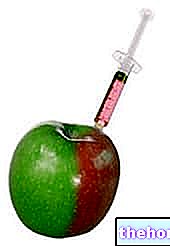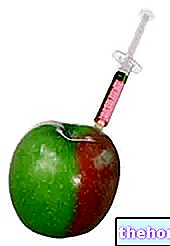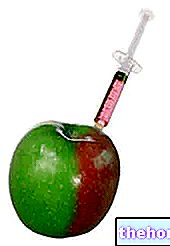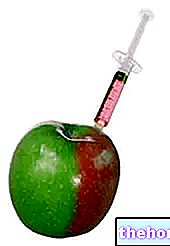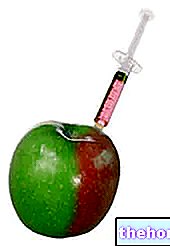E270-LACTIC ACID
Lactic acid is a natural acid that is formed - as a result of fermentation by lactic ferments - in fermented foods; consequently, all fermented foods are naturally rich in lactic acid.
Lactic acid contributes to giving yogurt and many cheeses their characteristic taste.
The lactic acid present on the market (together with its salts) is an acidifying preservative additive that can be both of natural origin and of chemical origin; as such, it has the function of protecting foods from microorganisms (especially against yeasts and mushrooms) which can alter the characteristics of foods.
Lactic acid has a less pronounced taste than other acidifying additives; it is a non-volatile, odorless acid and is used as a "general purpose acid" by the FDA (Food and Drug Administration).
L "lactic acid, in addition to the preservative function:
- gives aroma to the foods in which it is contained;
- it has a pH buffer function;
- it is an antibacterial;
- it is used in the disinfection of meat and fish packaging, with the function of increasing the shelf-life of these foods by limiting the growth of bacterial colonies (such as Clostridium botulinum)
- a part of it is also used to produce emulsifying agents based on lactic esters of long-chain fatty acids, suitable for bakery products.
Often, this preservative is added to jams, jams, long-life cream, mozzarella and canned vegetables, common bread, pastries, fresh pasta, soft drinks, sauces, sorbets, dairy products, mayonnaise and other processed foods, beer, etc. Often, lactic acid is also combined with other additives.
Lactic acid does not present any negative side effects in adults, while it can cause digestive disorders in children and infants, because they do not yet have the complete set of enzymes useful for this process.
ADI DOSE: /


